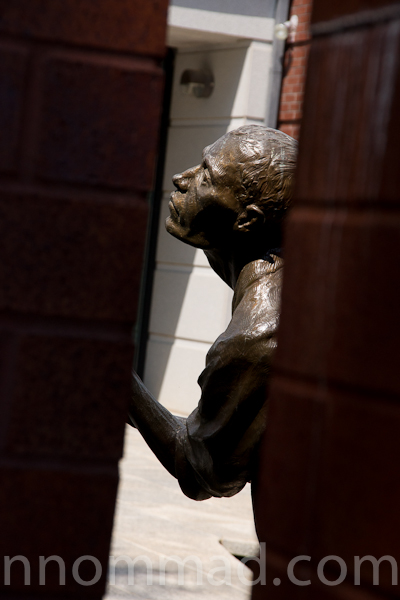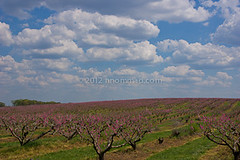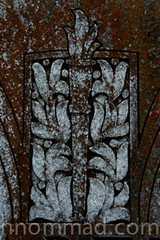For African Americans living in Macon and central Georgia in the early 1900s, entertainment options were few. For entrepreneur Charles Douglass, this was an opportunity. In 1912, the successful African American merchant, banker, and investor opened the Douglass Theatre. It quickly became a popular destination for blacks in the region and is today a popular destination for all.
The original theatre – with 350 seats – opened in 1912 as part of a complex which also included the Douglass Hotel. Vaudeville acts and other live performances were offered as well as film screenings. In 1921, a new theatre opened adjacent to the original, bringing seating capacity to 750-800 and offering a visually stunning space for patrons.

A Macon landmark, the Douglass Theatre offers a range of entertainment options for residents and visitors
The Douglass was an entertainment mecca. Bessie Smith and Gertrude “Ma” Rainey, the Mother of the Blues, performed here, as well as the vaudeville comedy duo Butterbeans and Susie. Other shows included sacred dramas, church benefits, and “handcuff king and escape artist,” M. Martinelli.
Movies, first silent films and later “talkies,” were a staple of the Douglass’s schedule. The films of Oscar Micheaux, the first African American film maker, were shown at the Douglass. Filmgoers were treated to a gold fiber screen, which gave a warmer sepia hue to images rather than the plain black & white tones of most movie screens of the day.
Well into the 1960s the Douglass Theatre remained true to its roots as a showplace of African American talent. Untold numbers of theatergoers witnessed the performances Cab Calloway and Duke Ellington, James Brown, and Little Richard. In 1958, disc jockey Hamp Swain introduced a live Saturday morning talent show broadcast from the Douglass. It was on this show that Otis Redding, born in Dawson, GA, and raised in Macon, was discovered.
The Douglass Theatre closed its doors in 1973, after the deaths of Mr. and Mrs. Douglass. It was listed on the National Register of Historic Places in 1974 and remained vacant for many years. In 1997, after years of restoration, the Douglass opened its doors and is once again home to a variety of stage & screen offerings for patrons of any race and culture. Jazz, blues, opera, 3D films, dramatic plays, and family-friendly fare await visitors to this treasure of African American history.
For more information and performance schedules, visit the Douglass Theatre’s website. The theatre is located at 355 Martin Luther King Blvd. in downtown Macon.











